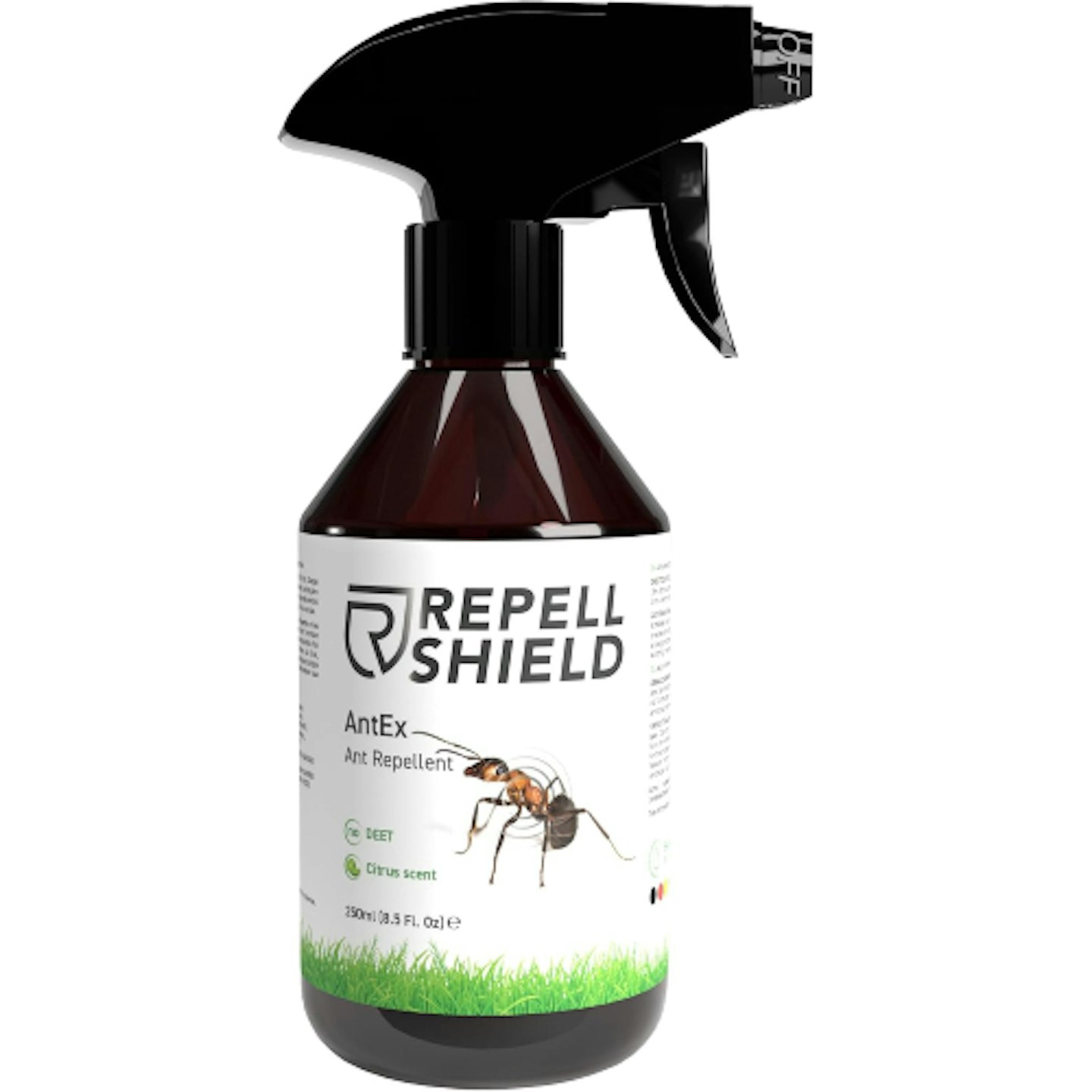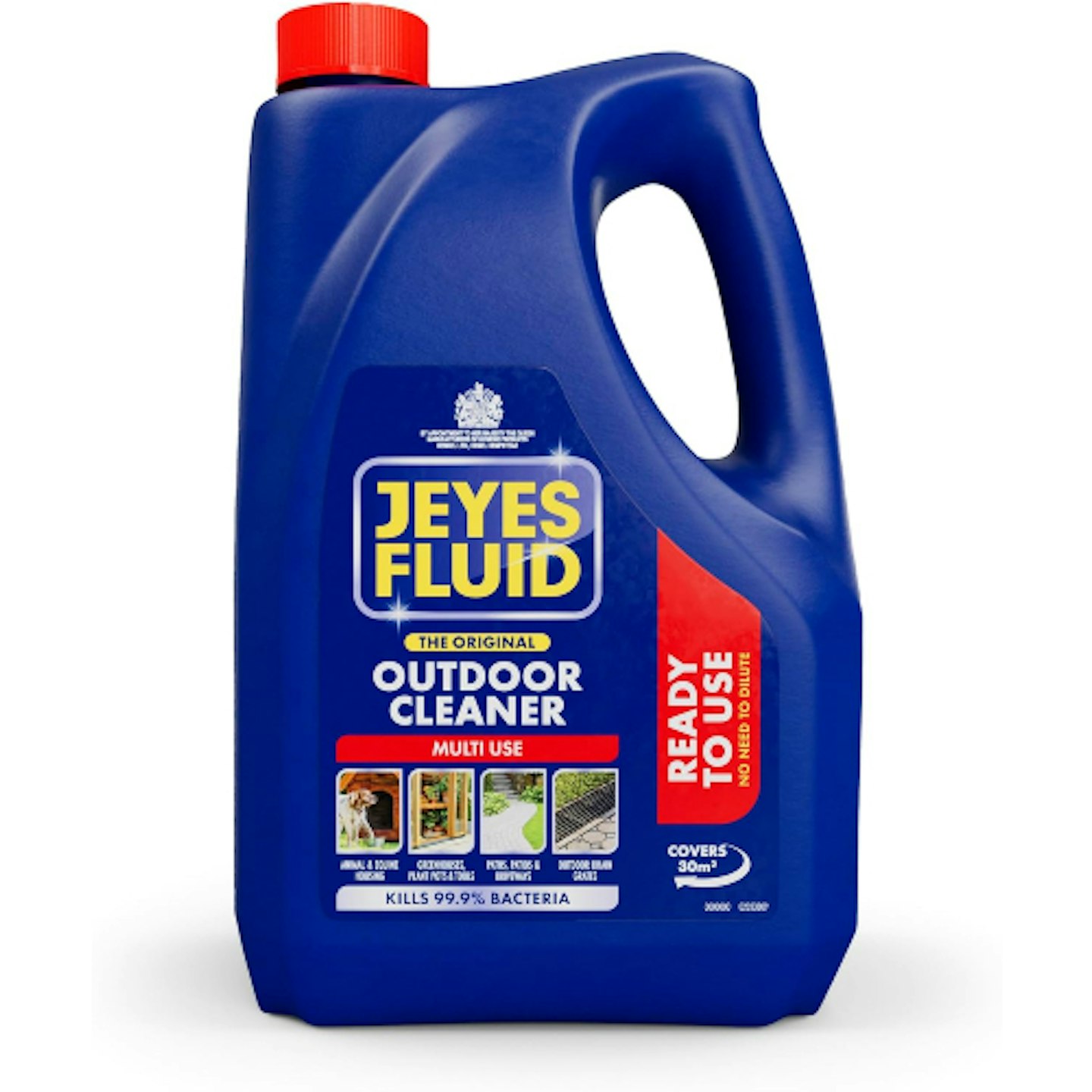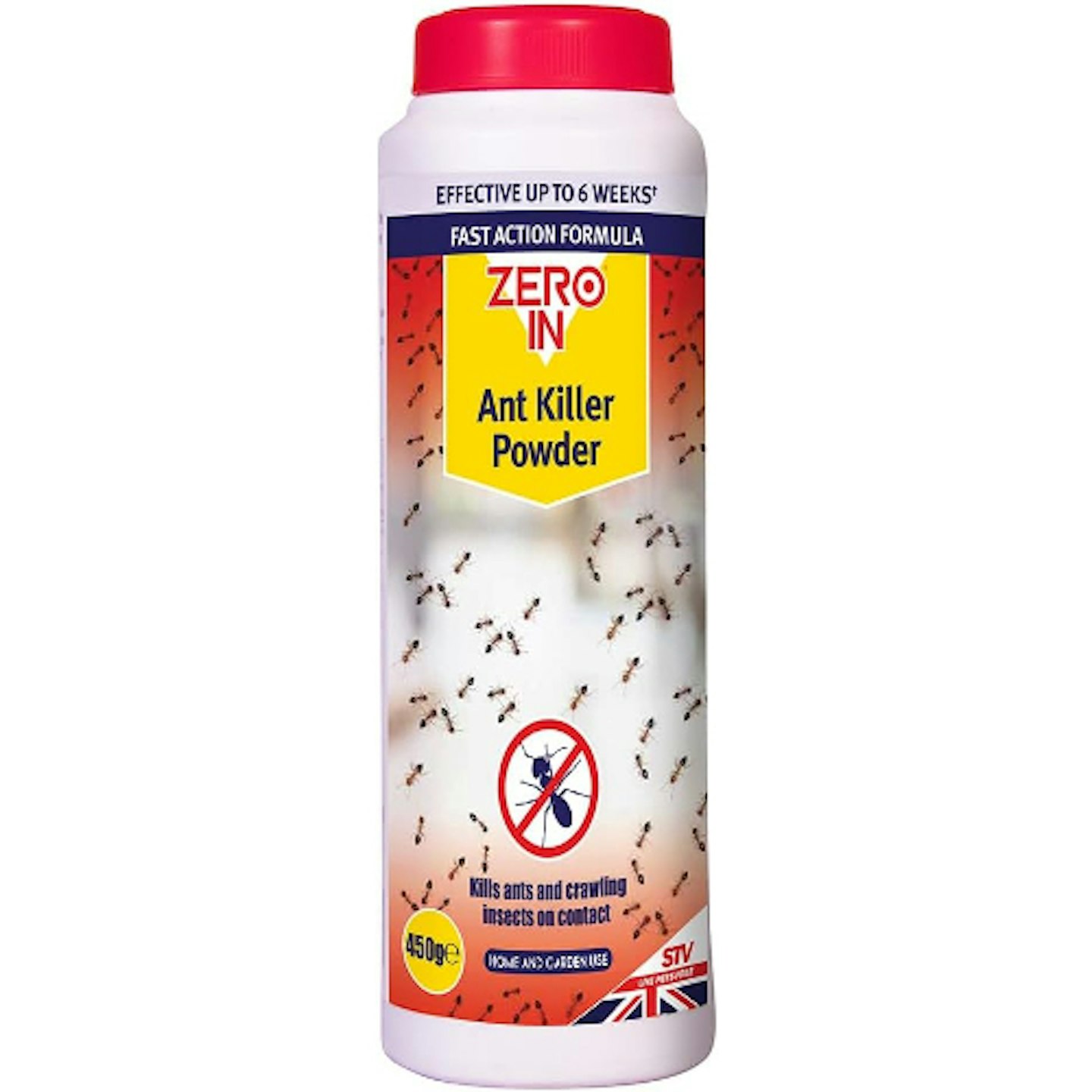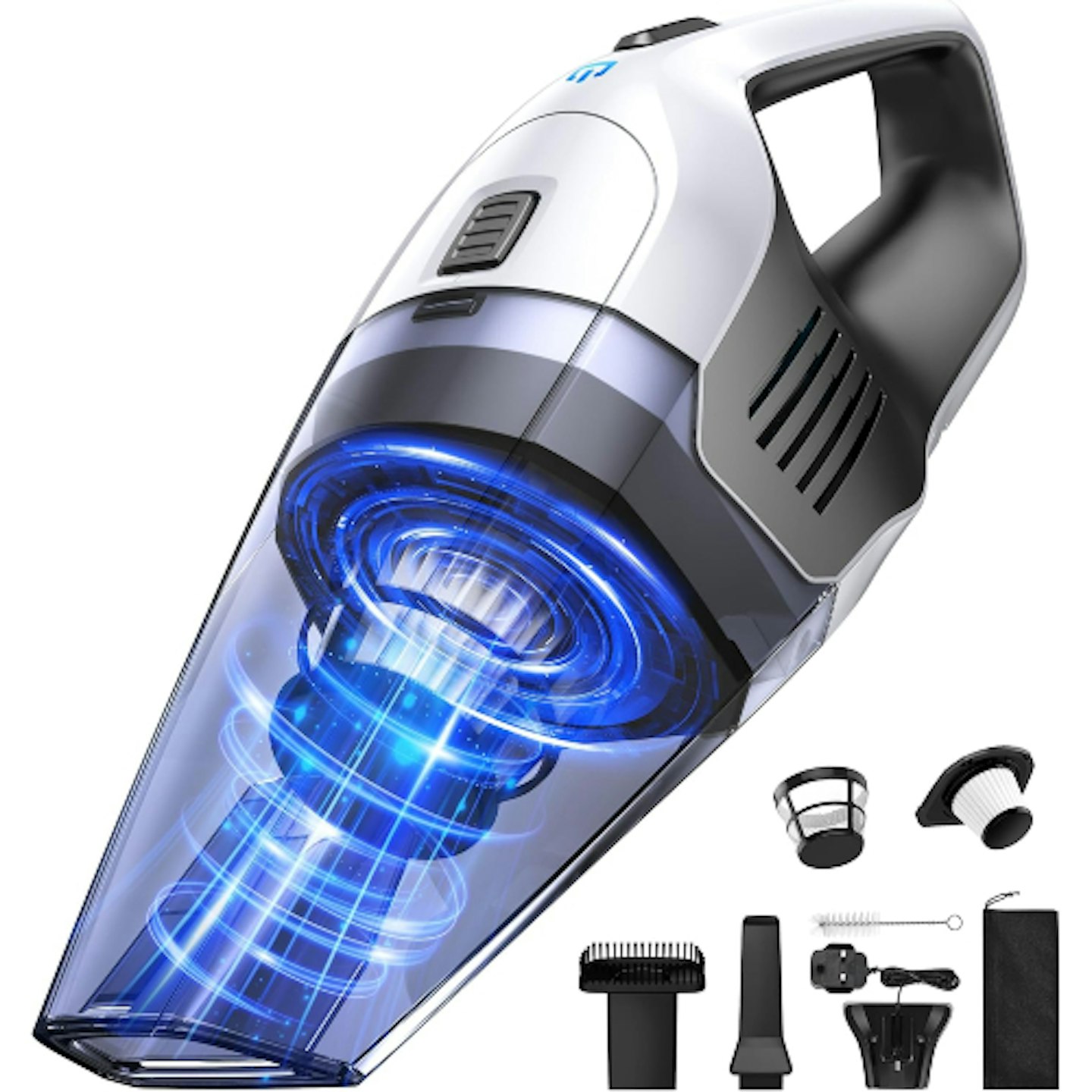If you're currently experiencing what we refer to as 'Flying Ant Day', you're likely plagued by the little blighters. Flying Ant Day takes place every year, usually in July or August, when a queen ant is ready to leave her current invertebrate palace and start a new colony. She takes her entire ant army with her as there is safety in numbers, leading to the swarms we have to suffer.
The bad news is that Flying Ant Day can actually last considerably longer than a day, giving the flying creatures lots of opportunities to swarm your garden and even get into your home. The weather conditions have to be right for Flying Ant Day to take place - warm temperatures and optimum humidity levels all play a part.
Best solutions to get rid of flying ants at a glance:
In the same way it's hard to get rid of slugs, it's not easy to banish the many, many ants that fly around, especially outdoors, but there are some tried and tested solutions you can have a go at using to solve your unpleasant ant invasion. From citronella candles that work as a general insect repellent to strong-smelling wheelie bin cleaners to not actively attract the ants to stinky bins, these are our top suggestions to try out...
How to get rid of flying ants
Best citronella solution
 Price's Candles
Price's CandlesPrice's is a well-trusted household name when it comes to all things scented candle-related. This pack of 25 tealights is designed specifically for outdoor use to deter all kinds of flying creepy crawlies.
Dot these around your outside space in attractive candle holders and they will burn for around four hours to hopefully keep the ants at bay, as well as other types of flying menaces.
Pros
- A natural option that uses citronella
- Can work to repel other insects too
Cons
- Only burn for a limited amount of time
Best ant spray
 RepellShield
RepellShield Peppermint oil is another natural solution that ants do not like. This spray contains peppermint and citrus essences and can be used indoors and out, although obviously its effectiveness will be less if used in your garden.
This is safe for daily use, relying on essential oils to put ants off hanging around. If you're trying to stop ants from getting into your home, it's advised to spray this on any possible entry points to act as a barrier.
Pros
- Can be used in your garden and in your home
- Poses no threat to your pets or other wildlife
Cons
- Effectiveness will wane over time
Best outdoor disinfectant
 Jeyes
Jeyes Flying ants are attracted to odours that could be food-related, especially sweet scents. Give your outdoor bins a wheelie good clean with this highly-rated powerful cleaner from Jeyes. We recommend also giving your recycling containers a good going over as they will offer a very tempting sugary smells.
This multipurpose disinfectant can also be used for cleaning paths, patios, driveways, greenhouses, flowerpots, gardening tools and pet housing.
Pros
- A multipurpose disinfectant for many outdoor cleaning tasks
- Capable of killing up to 99.9% of germs
Cons
- Not suitable for indoor use
Best ant powder
 Zero In
Zero In While flying ants do just that, they also land to rest and forage for food. Once they have mated mid-air, the queen ants will become ground-dwelling ants as they get rid of their wings and search for somewhere on the ground level to nest.
A good sprinkle of this powerful powder on the ground of your outdoor spaces will deal with any ant crawlers. This is fast-acting and lasts for around six weeks, depending on rainfall.
Pros
- Works on ants, woodlice, cockroaches, earwigs, and other bugs
- Can last for up to six weeks
Cons
- Not suitable for use around garden ponds
Best window netting
 MOEGFY
MOEGFYIf the ants are really swarming around your property but due to the summer temperatures you can't stand the thought of shutting the windows, consider a netting solution to stop them from getting into your home.
This cut-to-size netting works on all windows of a certain size and is self-adhesive. This makes it a handy temporary solution to protect your home during Flying Ant Day which can be removed afterwards.
Pros
- Pack of three 130cm by 150cm pieces
- Still allows fresh air to flow through the window
Cons
- Only works as a barrier for your home
Best ultrasonic solution
 AMZ Brand
AMZ Brand You could always try turning to tech to try and solve your swarm issues. This pair of AMZ BRAND pest repellers use ultrasonic frequencies that can repel anything from mice to moths. Designed to use indoors, this is completely safe for kids and pets but gets a four star rating on Amazon for effectiveness.
Each ultrasonic pest repeller can cover indoor spaces of up to 140 square meters. These units have three different sensitivity settings, so you may need to experiment to find the best one to deter ants.
Pros
- Non-invasive ultrasonic technology works in the background
- Can work on other insects and pests within your home
Cons
- Needs to be plugged into a power socket
Best handheld vacuum
 Portutif
PortutifIf you are unfortunate to end up with a large amount of flying ants inside your home, the only thing to do is get rid of them. A handheld vacuum cleaner is your best bet. This is a capable choice with a reusable HEPA filter and a 30-minute runtime.
At around 900 grams, this vacuum cleaner's lightweight design makes it nimble to suck up the ants, even those flying. This option is ideal for anyone who may not want to use their regular household hoover on such a grim job.
Pros
- Cordless, rechargable vacuum cleaner offering 30-minutes of power
- 400ml large-capacity dust container holds a lot of debris
Cons
- It's a last resort option for when you have ants in your home
How we chose the best solutions to get rid of flying ants
All of these solutions have been hand-selected by our team of Modern Gardens shopping experts. We carefully considered the method, effectiveness, and eco-credentials in our selection of the best. Our team has spent hours investigating and researching ways to get rid of slugs to make it easier for you to find the very best, and we'd never recommend a product we don't believe in.
Where possible, we also test and share the latest and best products you should know about. And with help from Modern Gardens Magazine, Garden News and Garden Answers, we share expert gardening knowledge to help you get the most from your product.
FAQs
What are flying ants looking for?
A new home that's a safe place to breed. The ants will have come from an overpopulated colony which is why the queens leave to set up their own colony. As they swarm, the flying ants mate, and then once the queen is sure she has had enough of the not-quite-mile-high club, she sheds her wings to look for a suitable place to burrow.
Black garden ants nest underground, usually in soil, so if they do get into your home it's not because they are looking to nest there, although they may be looking for food.
Will flying ants take over my garden's insect habitats?
No. Ants make their colonies underground so your bug hotels should be safe. In fact, some of the inhabitants of your insect houses may be happy to see the ants arrive. In a phenomenon known as "myrmecophily" ants eat caterpillars' nectar-infused secretions and can act as guards to protect them.
Are flying ants dangerous?
No. They don't sting or bite and they have no desire to harm you or your pets. The only danger they pose is if they do end up choosing your garden as their new colony and you end up with a major ant infestation which can be detrimental to outdoor plant growth.
What to read next:
How to stop cats pooping in your garden with humane deterrents
Subscribe to Modern Gardens magazine and get the most out of your outdoor space. Discover everything you need to know to make your outside space look fantastic, quickly and easily, with hundreds of simple ideas, designer tricks, affordable products and expert advice in every issue of Modern Gardens. View our latest subscription offers to save on shop prices.
Amy-Mae Turner is a Commerce Content Writer for Modern Gardens, Yours, Take A Break Pets, and A Modern Kitchen. When she's not pottering in the garden or mucking around in the kitchen, she can be found having doggy cuddles with her two beloved cockapoochis.
